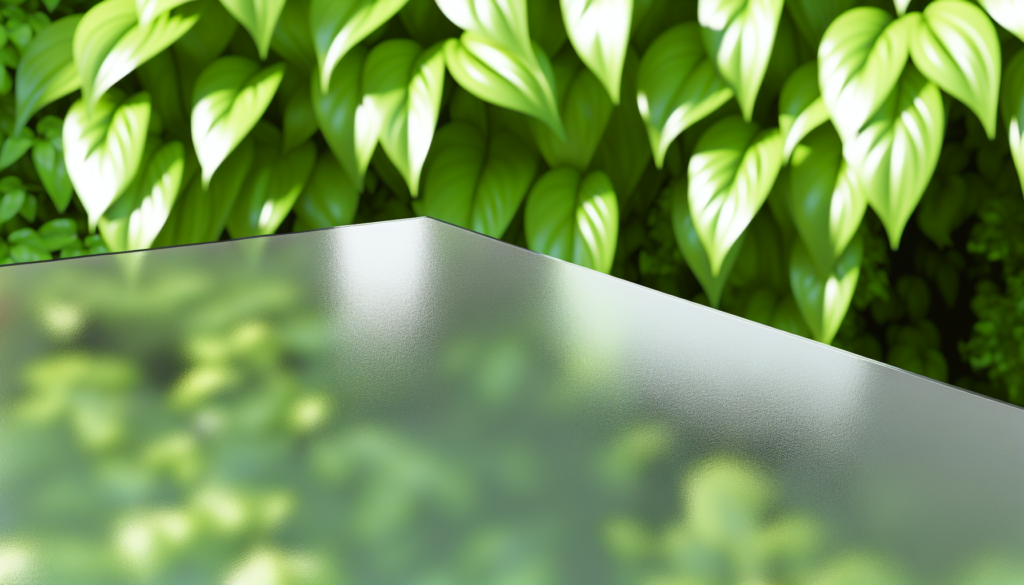Dealing with oily skin can sometimes feel like a never-ending battle. You try product after product, but nothing seems to provide lasting results. If this sounds familiar, you’re not alone! The good news? Skin cycling for oily skin could be the game-changer your skincare routine needs. This methodical approach gives your skin just what it needs, when it needs it, without overwhelming it with too many active ingredients at once. Let’s explore how you can tailor this trending technique specifically for your oily complexion and finally achieve that balanced, healthy glow you’ve been chasing.
What Is Skin Cycling and Why It Works for Oily Skin
Skin cycling is a skincare method that involves rotating your products in a specific sequence over several days, giving your skin time to recover between active treatments. Think of it as interval training for your face! The concept was popularized by dermatologist Dr. Whitney Bowe and has gained massive traction for good reason – it works.
For those of us blessed (or cursed, depending on your perspective!) with oily skin, traditional approaches often involve harsh, drying products used daily. This can actually backfire by triggering your skin to produce even more oil to compensate. Yikes!
Skin cycling takes a more balanced approach. By alternating between active ingredients and recovery days, you can effectively address oily skin concerns without compromising your skin barrier. This gives your skin exactly what it needs: effective treatment without over-stripping.
The Basic Skin Cycling Schedule for Oily Skin
While the standard skin cycling routine follows a four-night cycle, oily skin types can benefit from a slightly modified approach:
This three-day cycle works particularly well for oily skin types because it allows for more frequent exfoliation, which helps manage excess oil production and prevent clogged pores.
5 Essential Tips to Transform Your Oily Skin Routine
1. Choose Oil-Fighting Exfoliants
When selecting exfoliants for Night 1 of your cycle, salicylic acid should be your best friend. Unlike AHAs that work on the skin’s surface, salicylic acid (a BHA) is oil-soluble, meaning it can penetrate deep into your pores to dissolve excess sebum and clear buildup.
Try starting with a 2% salicylic acid treatment. If you’ve never used chemical exfoliants before, begin with a lower concentration to avoid irritation. Remember, stronger isn’t always better!
A gentle reminder: always follow up with SPF during the day, as exfoliants can increase sun sensitivity.
2. Select the Right Retinoid Strength
Night 2 focuses on retinoids, which help regulate oil production and prevent acne. For oily skin, you can typically tolerate stronger retinoid formulations, but that doesn’t mean you should jump straight to prescription-strength products.
Consider starting with adapalene (available over the counter as Differin) or a moderate-strength retinol serum. These options provide effective results while minimizing the risk of irritation.
Apply to completely dry skin (moisture can increase irritation) and use just a pea-sized amount for your entire face.
3. Don’t Skip Hydration on Recovery Night
Here’s where many with oily skin go wrong – thinking hydration will make oiliness worse. In reality, the opposite is true! Dehydrated skin often produces more oil to compensate.
On Night 3 (recovery night), focus on lightweight, non-comedogenic hydrators:
Look for terms like “oil-free” and “non-comedogenic” to ensure products won’t clog your pores.
4. Consider Adding a Specialized Mask Weekly
To supercharge your skin cycling routine, incorporate a clay or charcoal mask once per week, ideally before your exfoliation night. These masks can help draw out excess oil and impurities, preparing your skin to better receive your active ingredients.
Kaolin and bentonite clays are excellent choices for oily skin. Just don’t overdo it – once weekly is plenty, as overuse can trigger rebound oiliness.
5. Adjust Your Cycle Seasonally
Your skin’s needs change with the seasons, and your skin cycling routine should too. During summer when oil production typically increases, you might benefit from a shortened cycle (maybe just two days between active ingredients). In winter, when skin tends to be drier, extend to a four-day cycle to give your skin extra recovery time.
Pay attention to what your skin is telling you. If you notice increased sensitivity or irritation, add an extra recovery day. If your skin feels balanced and clear, you’re on the right track!
Common Mistakes to Avoid When Skin Cycling for Oily Skin
Even with the best intentions, there are some pitfalls that can derail your skin cycling success:
Remember that consistency is key. Stick with your routine for at least 6-8 weeks before deciding if it’s working for you.
Conclusion
Implementing skin cycling for oily skin requires some patience and attention, but the results are worth the effort. By strategically rotating active ingredients and recovery periods, you’re giving your skin exactly what it needs to rebalance and thrive. Start with the modified three-day cycle outlined above, and don’t be afraid to adjust based on how your skin responds. With consistent application of these tips, you’ll likely notice smoother texture, reduced oiliness, and fewer breakouts within a few weeks. The beauty of skin cycling is its flexibility – it’s not a rigid system but rather a framework you can customize for your unique skin needs. Why not give your skin the chance to find its natural balance through this thoughtful, methodical approach?







